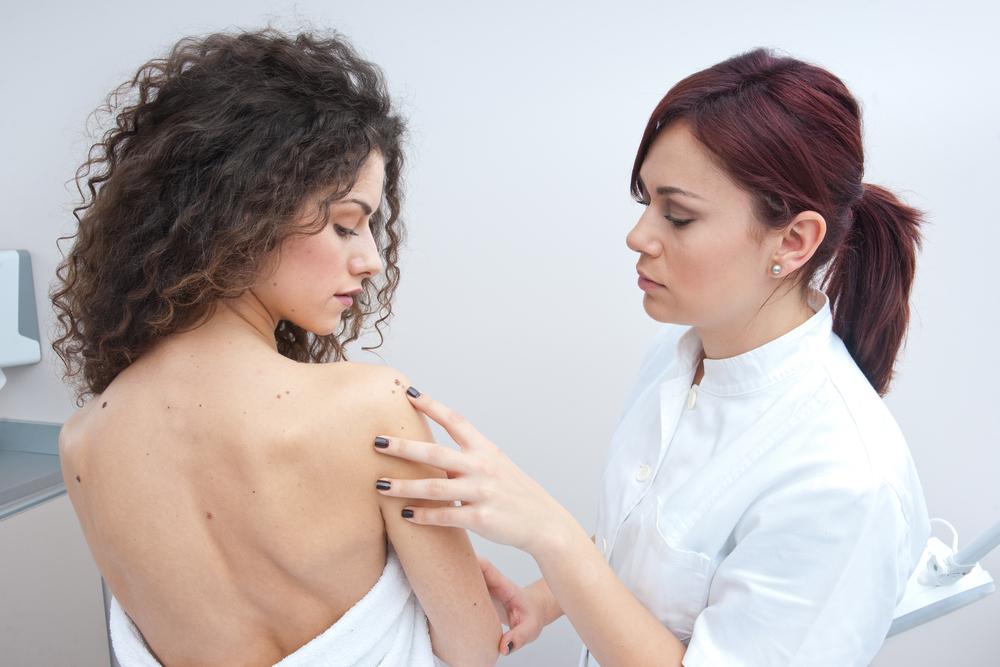
Causes and Risk Factors of Different Types of Skin Cancer
Skin cancer is caused when cancer cells grow rapidly in the skin. The different types of skin cancer are basal cell carcinoma, squamous cell carcinoma and melanoma. These are the three major types and have several causes and risk factors associated with it.
Causes and risk factors of skin cancer
When the cells in the skin divide into uncontrollable numbers skin cancer is caused. The most common cause of skin cancer is frequent exposure to UV light in sunlight. The exposure to UV lights from tanning beds is another reason for the cause of skin cancer. Though there are different types of skin cancer, most of them are associated with similar risk factors. Some of the common risk factors for the different types of skin cancer are as follows.
Frequent exposure to Sunlight
People who are exposed to the UV light from the sun are at higher risk. Individuals who do not protect their skin with sunscreen or proper clothing are at higher risk in particular. Frequent exposure to sunlight in winter can also be a risk factor. Using tanning beds and lamps for artificial tanning increases the risk of skin cancer.
Untreated sunburns
Severe sunburns caused during childhood and left untreated could increase the chances of cultivating skin cancer. Immediate treatment for sunburns and further protection from sunburns can prevent you from the different types of skin cancer.
Fair skinned
Skin cancer is not restricted to skin colour. However, people with fair skin are at higher risk. The melanin (skin pigment) content in our body helps in protecting the skin from UV radiation. Fair people have lesser pigments when compared to dark people. Individuals who are light-skinned with blond or red hair and light coloured eyes are more prone to sunburns which can lead to different types of skin cancer.
Moles
The appearance of irregular moles called dysplastic nevi increase the risk of skin cancer. These moles look different from ordinary moles, they have irregular shapes and different sizes. They appear larger than the ordinary moles. If you notice any such moles for a longer time on your body, monitor it carefully to observe any changes like increase in size or change in colour. Such moles need to be treated immediately.
Staying at higher altitudes or sunny areas
Living in higher altitudes and sunny areas with frequent sun exposure can increase the risk of skin cancer. Sunlight is harsh in such places and proper precautions need to be taken to avoid sunburns and lesions.
Heredity
If there is a family history of skin cancer, individuals are at higher risk of skin cancer.
Prehistory of the skin cancer
If an individual has had a previous history of skin cancer they are more likely to develop it again.
Precancerous skin lesions
Precancerous skin lesions called actinic keratoses can develop into skin cancer if not treated on time. These lesions look scaly with rough patches and appear in different colours. They commonly appear on fair-skinned people on their face, neck, head and hands. This is caused due to sun damage.
Weak Immunity
Individuals suffering from a weak immune system and diseases related to it are at a higher risk of developing skin cancer.


